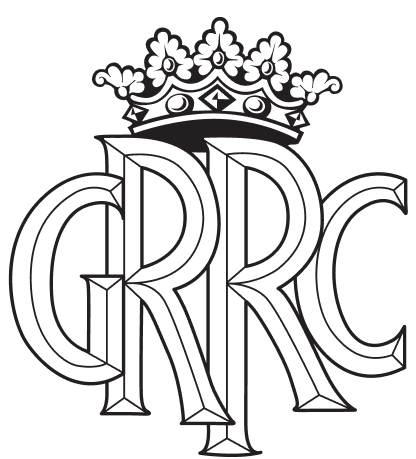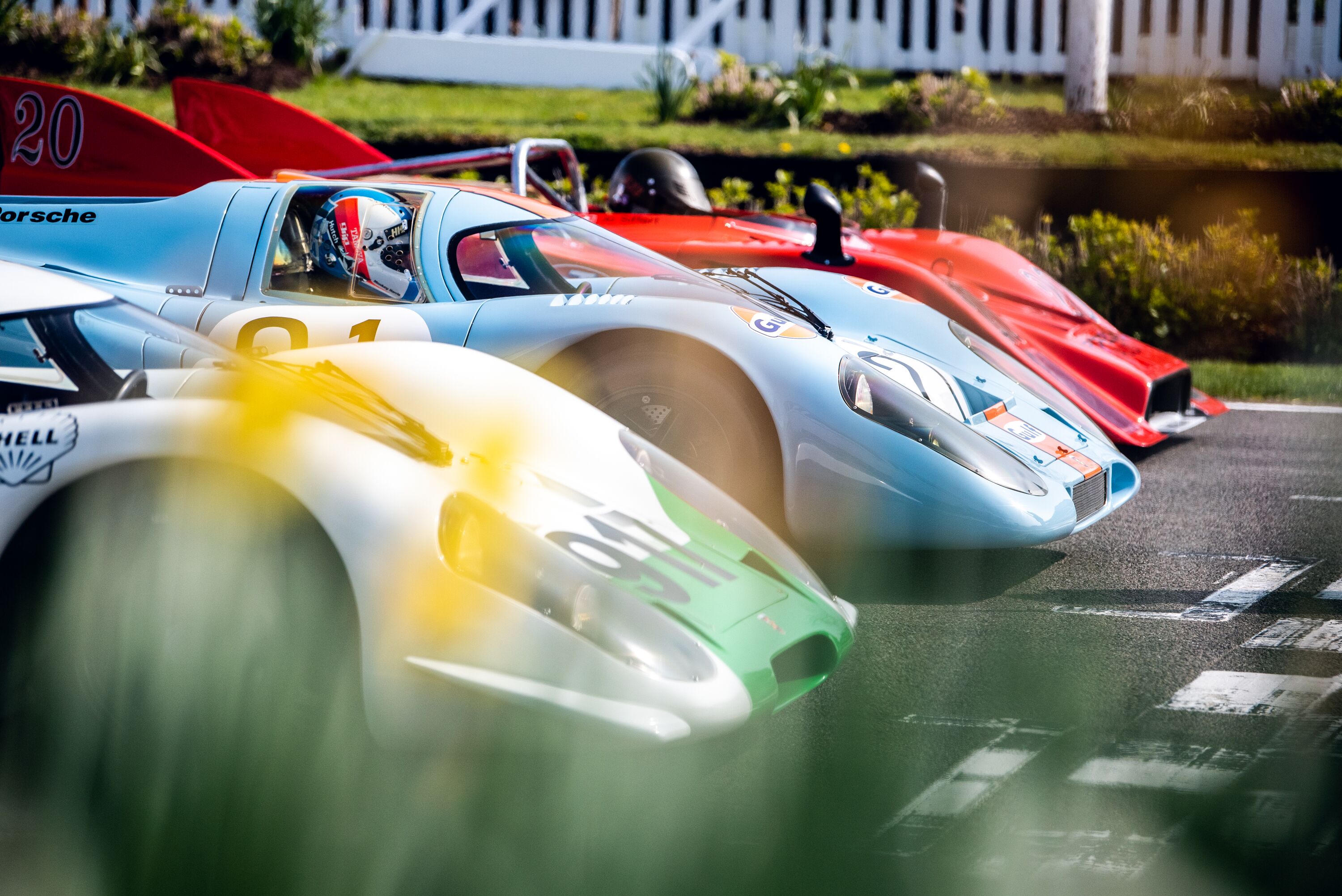The 10 best drivers never to race in F1 – Part 2
Missing the Formula 1 World Championship? Well, now imagine that you had the talent to compete in it yet were denied the opportunity. Or – even harder to imagine – that you rejected offer/s to do so.
You will find below the first 10 on a list – it’s not a grid as such – of 20 ‘nearly men’ who clearly had the talent necessary to operate at the sport’s highest level.
But first: my list, my rules: racing careers considered to be: entirely post-WWII; to have progressed beyond karting; and not to include starts in the Indianapolis 500 from 1950-’60. With apologies to AJ Foyt. (Not that he ever expressed a wish to do F1.)
Click here to read The best drivers never to race in F1 – Part 1

Greg Moore
You wait for one bespectacled Canadian driver… The prodigy from British Columbia Greg Moore beat Paul Tracy’s records in winning the 1995 Indy Lights title, and replaced F1-bound CART champion Jacques Villeneuve at Forsythe Racing in 1996. His five CART victories would be gained on ovals – but in a style that oozed a car control likened to that of Gilles Villeneuve’s. An approach from Williams to be its tester was declined and chats with Stewart Grand Prix came to naught – but there seemed no rush. This affable talent was 24 and only one race away from joining Penske for 2000 when he was killed in a ferocious accident at Fontana in 1999.

Satoshi Motoyama
The man from Tokyo left it too late. Satoshi Motoyama was 32 by the time he drove a Jordan on the Friday of the 2003 Japanese Grand Prix – and would be two seconds off Fernando Alonso’s pace in a Renault at a December Jerez test. The iron might have been hotter at the turn of the century – he had won the first of his four Formula Nippon titles in 1998 – but a long and lucrative GT deal with Nissan – he would win that national title three times – kept him away even from Le Mans. As a result, he was – by choice – off F1’s radar.

Don Parker
The most successful driver in the long and storied history of British F3 – three titles and more than 120 victories – did not start racing until he was past 40. Though Don Parker lacked the ambition and chutzpah of teenage tyros like Stirling Moss and Peter Collins, he was more than a match for them and their fellow GP wannabes of the 1950s in terms of speed, and taught them all a thing or three about racecraft: he was hard but fair. Parker left no stone unturned in preparing his cars and often raced minus socks and underwear in a quest of lightness. An unlikely but undoubted star.

Will Power
Sketchy finance and resultant patchy campaigns in European junior formulae forced this Queenslander to jump ship to America before the end of 2005. Four years later Will Power grabbed his chance with Penske and landed a full-time deal in 2010 as a result. He has never finished lower than fifth in IndyCars’ overall standings since – becoming the champion in 2014 – and ranks alongside Scott Dixon as the category’s best street circuit/road course performer. That’s not say he doesn’t know his way round an oval: he won the Indy 500 of 2018. Sorry, Minardi, but you had your chance in 2004.

Tim Richmond
Things came easily to this privileged, charismatic son of Ohio: a star college athlete, Tim Richmond had a pilot’s licence by 16. Champ Car racing was perhaps the first challenge to cause him pause – and he was relieved when a groundbreaking switch to NASCAR in 1982 proved successful; a move to Hendrick Motorsports in 1986 saw him knuckle down – while retaining the showmanship – and score seven wins. He could have cracked single-seaters given similar guidance. He was an outside bet for pole at Indy in 1980 when he crashed his Penske in warm-up; he qualified 19th, led for a lap, finished ninth after running out of fuel – and was awarded Rookie of Year.

Paul Tracy
Canada’s future rugged enforcer of CART – he won the 2003 title with Forsythe – Paul Tracy was a cherubic 25 at his 1994 Benetton test at Estoril. Looks can deceive: the previous year, his first as Rick Mears’ replacement at Penske – no easy task – he’d gone toe-to-toe with Nigel Mansell. The F1 test went well – he lapped faster than had Jos Verstappen and JJ Lehto (substituting for a banned Michael Schumacher) in qualifying for the previous weekend’s Portuguese GP – and a contract was drawn up. He didn’t like the look of it, especially when viewed against the seven-figure deal being offered by Newman-Haas; Mansell’s American dream had soured whereas Tracy remained realistic.

Al Unser Jr.
Groomed for greatness by the racing dynasty from Albuquerque, Al Unser Jr. had by November 1991 translated 10 years of precocious promise into 17 CART victories – he won the championship in 1990 – plus two Daytona 24 Hours and titles in IROC and Can-Am. His extended test of a Williams FW14, F1’s form car, at Estoril was, therefore, conducted by a driver totally at ease with himself – but who was perhaps not an ideal fit for either team or category. He remained Stateside – reportedly turning down an offer from Benetton for 1993 – and added another CART title and two Indy 500s to an impressive CV that included six wins on the street circuit of Long Beach.

Al Unser Sr.
The hullabaloo of Indy and elder brother Bobby’s gift of the gab and driving talent might have drowned this quiet man had his stats not screamed at you: four wins; most laps led (644); and seven other top-three finishes. In 1970, Al Unser Sr. won on ovals, road courses and dirt to earn the first of three national titles; the last was achieved in 1985 – his final full campaign – by a point, from his son! He remains the only Triple Crown winner – three 500-milers in the same season – and in 1987 won Indy for Penske in a year-old ‘show’ March dragged from a hotel lobby. Yet F1 ignored him and he didn’t feel inclined pipe up.

Colin Vandervell
The son of the founder of the Vanwall GP team did not race cars until after his forthright father’s death. A chip of the old block, Colin Vandervell cut an eccentric figure, wearing green cords beneath his overalls and forever dashing to the paddock phone in the days before mobiles. It wasn’t easy to keep him concentrated – but was all business when the flag dropped. He dominated UK Formula Ford in 1970, beat future world champions in F3 and added a Formula Atlantic title in 1973. But that late start came home to roost. An F1 test with March was rejected – he preferred dicing against Andy Rouse in Escorts – and his other callings were soon too compelling to ignore.

Parnelli Jones
And finally – and out of alphabetical order because he’s the one who stands apart – the pole man: Parnelli Jones.
This Arkansas-born Californian arrived at Indy in 1961 with a fearsome reputation on ovals, dirt or paved, and out of the cockpit as well as in. He led but finished 12th after being hit in the face by a rock – and shared the Rookie of the Year with Bobby Marshman. He would never start beyond the second row for his six remaining attempts and with more luck would have won four; 1963 – his roadster fending off Jim Clark’s ‘funny car’ Lotus in controversial circumstances – remained his only win. The first to qualify at over 150mph, he is reckoned to have discovered a whole new groove at the Brickyard. Yet he reckoned himself to be a more natural road-course drive – when finally he turned his hand to them: in 1964, he smoked established stars to win the big sportscar bash at Riverside. That same year he had also adapted swiftly to rear-engine single-seaters, winning at Milwaukee and Trenton, outrunning Jim Clark at the latter event, in Lotus-Fords. Colin Chapman offered him a drive, but Jones did not fancy playing second fiddle to Clark. Besides, he reckoned Champ Car racing to have been more professional – and lucrative – than F1 at the time. Mario Andretti reckons that Jones never did ‘get’ F1 – the Vel’s Parnelli team ran him from the end of 1974 to the start of 1976 – and his opinion carries great weight. He also thinks that: a) he would never have his 1965 national title had Jones stuck around; and b) that Jones had everyone covered.
With further apologies to AJ Foyt – and to Laurent Aïello, Bobby Allison, Didier Artzet, Jean-Christophe Bouchut, Ryan Briscoe, Ross Cheever, Bertrand Fabi, the Ferté brothers, Billy Foster, Jean-Pierre Jaussaud, Gary Paffett, Roy Pike, Rickard Rydell, Dan Wheldon and any one else self-evidently – or maybe not so obviously – should have been included on this list.
Images courtesy of Motorsport Images.
Formula 1
IndyCar
NASCAR
Will Power
Paul Tracy
Al Unser Sr
Al Unser Jr
Colin Vandervell
Parnelli Jones
Greg Moore
List







































































